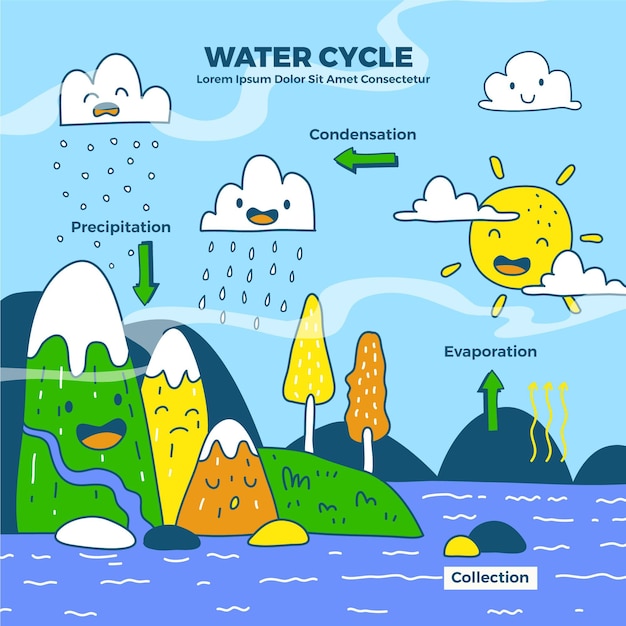Tsunami Facts for Kids

Tsunamis are giant ocean waves that can cause a lot of destruction.
Tsunamis are usually caused by underwater earthquakes or volcanoes.
The word tsunami comes from Japanese, where tsu means harbor and nami means wave.
Tsunamis can travel at speeds of up to 500 miles per hour.
The biggest tsunami ever recorded happened in Alaska in 1958 and was about 1,720 feet tall!
Tsunamis can travel across entire oceans, so they can affect many countries.
When a tsunami approaches the shore, the water level can quickly rise or fall.
Tsunamis can cause flooding and destroy buildings and homes.
Sometimes, a tsunami can create a series of waves, with each one getting smaller than the previous one.
Tsunamis can also be caused by underwater landslides or large meteorite impacts.
The Indian Ocean tsunami in 2004 was one of the deadliest natural disasters in history, killing over 230,000 people.
Tsunamis can reach heights of over 100 feet.
Tsunamis can also be caused by underwater landslides or large meteorite impacts.
Tsunamis can travel thousands of miles, so even places far from the earthquake or volcano can be affected.
A tsunami warning system is in place in many countries to help evacuate people in the path of a tsunami.
It is important to listen to warnings and follow evacuation instructions during a tsunami alert.
Tsunamis can cause widespread damage to marine life, such as coral reefs and fish populations.
Tsunami Facts for Kids part 2
Tsunamis can be very dangerous for ships and boats, as they can be tossed around by the strong waves.
In some cases, tsunamis can travel up rivers and cause flooding in inland areas.
After a tsunami, it is important to stay away from affected areas until it is safe to return.
Tsunamis are a natural part of Earth’s geological processes.
Tsunamis can affect the shape of coastlines by eroding beaches and cliffs.
Tsunamis can also carry debris and sediment, which can be deposited far inland.
The height and strength of a tsunami depend on the depth of the ocean and the force of the earthquake or volcano.
Tsunamis are not the same as tidal waves, which are caused by the gravitational pull of the moon and sun.
Tsunamis can be detected and monitored using buoys and satellites.
Tsunamis can cause long-term economic damage to affected areas.
It is important to be prepared for a tsunami by having an emergency kit and an evacuation plan.
Tsunamis can generate powerful currents that can pull people and objects out to sea.
In Japan, tsunami education is a common part of school curriculum due to the country’s frequent tsunami activity.
Tsunamis can have a significant impact on tourism in coastal areas.
Tsunamis can cause earthquakes and aftershocks in the affected region.
The word tsunami is often misused to describe any large wave, but it specifically refers to waves caused by seismic activity.
Tsunamis can be very unpredictable, as they can change in strength and direction as they travel.
Tsunamis can cause severe damage to infrastructure, such as roads, bridges, and power lines.
The Pacific Ocean is known as the Ring of Fire because it has frequent earthquake and tsunami activity.
Tsunamis can happen at any time and without warning, so it is important to always be prepared.
It is possible for tsunamis to occur in lakes and other large bodies of water, not just in oceans.
Tsunamis can create a vacuum effect, sucking water away from the shore before the massive wave hits.
Tsunamis can be detected by changes in sea level, water currents, and seismic activity.
Tsunamis can travel across vast distances in a matter of hours, causing damage in multiple countries.
The ancient city of Pompeii was destroyed by a tsunami caused by the eruption of Mount Vesuvius in 79 AD.
Tsunamis can cause long-lasting psychological trauma to survivors.
Tsunamis are a reminder of the immense power and unpredictability of nature.
Learning about tsunamis can help us better understand the Earth’s dynamic processes and how to protect ourselves from natural disasters.

